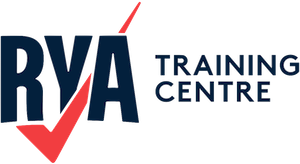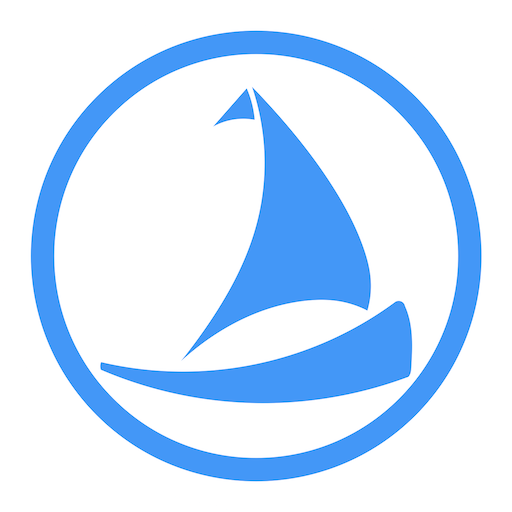Yard
A horizontal spar on a sailing vessel attached to the mast and used to support and spread a square sail.
A yard is an essential component of the rigging on traditional sailing ships, particularly those with square-rigged sails. It is a long, horizontal spar secured to the mast at its midpoint. The yard’s primary function is to support the sail and allow it to be spread out to catch the wind. Depending on the size of the vessel and the era in which it was constructed, yards are typically made of wood or metal.
On square-rigged ships, the sails are attached to the yards by a series of lines and fittings, and the yard itself can be rotated around the mast to adjust the angle of the sail relative to the wind. This rotation is controlled by braces, which are lines that run from the ends of the yard to various points on the ship. By adjusting the braces, sailors can “brace” the yard at different angles, allowing the sail to catch the wind more effectively and enabling the ship to sail in various directions.
Yards are named according to their position on the mast. For example, on a ship with multiple masts, the yards on the foremast (the mast closest to the bow) are called the foreyards, while those on the mainmast (the tallest mast) are called the main yards. The lowest yard on a mast is typically the largest, referred to as the course yard, as it supports the course sail, which is the largest square sail on that mast. Above the course yard are the topsail yard, the topgallant yard, and sometimes the royal yard, each supporting progressively smaller sails.
In addition to spreading the sails, yards play a role in the overall stability and balance of the ship’s rigging. The weight of the yards and the sails they support must be carefully distributed to ensure the ship remains stable, especially in heavy winds or rough seas. On some ships, the yards are equipped with footropes, which allow sailors to stand on them while working with the sails. This is necessary because the sails on a square-rigged ship are often very large and require manual handling to furl (roll-up) or unfurl (spread out).
Yards are mostly limited to traditional or historic sailing vessels. Most contemporary sailboats use fore-and-aft rigging, which does not require yards. However, yards remain an iconic feature of classic tall ships and are important to maritime history.


